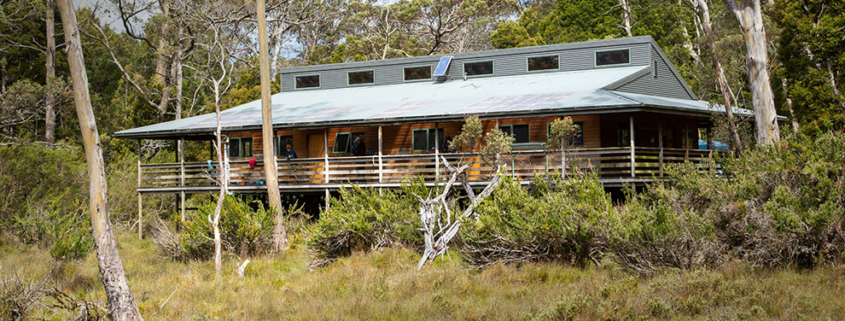My client’s property is located in a “Bushfire Prone Area”, what are the key planning and building considerations I need them to know?
Welcome to the “Frequently Asked Planning Questions: Conveyancers and Solicitors Edition” blog series, where we dive into those often-tricky planning questions that come up when we’re working with the brilliant Conveyancers and Solicitors we partner with.
Here at AS Planning, we’re all about teamwork, and we regularly help you and your clients navigate the sometimes-complex world of planning in across Victoria. Ever find yourself scratching your head over a particular planning scenario? You’re definitely not alone! We’ve compiled some of the common questions we encounter that we hope will be a real asset to you and your firm in minimising risk, streamlining property transactions and adding value for your clients.
Engage AS Planning for professional support in navigating planning matters, strategic planning advice, and preparing and lodging applications. Request a quote today.
Further reading in this series:
- What does a ‘Restrictive Covenant’ mean for my client’s future use and development of the land?
- My client is purchasing a property in a ‘Residential Zone’ and wants to run a business from it. Is this allowed?
- What does it mean when your property is in a ‘Growth Area’ and what is a ‘Growth Areas Infrastructure Contribution (GAIC)?
- When a property has a ‘Section 173 Agreement’ registered on it, what does this mean?
Example Planning Question:
“The Section 32 indicates the property is in a ‘Bushfire Prone Area.’ What are the key planning and building considerations I need to highlight to my client?”
Example Scenario:
Your client is purchasing a property in a beautiful, more rural setting in the Macedon Ranges. The Section 32 clearly states it’s within a designated Bushfire Prone Area. Your client is aware of potential insurance implications but isn’t fully across how this designation might affect future renovations or even day-to-day living.
Planning Perspective Considerations for properties in designated Bushfire Prone Areas:
Being in a Bushfire Prone Area triggers specific planning and building regulations aimed at minimising the risk to life and property. These go beyond insurance and can significantly impact development.
Key Considerations:
- Bushfire Attack Level (BAL) Ratings: Any new buildings or significant renovations will likely require assessment to determine the Bushfire Attack Level (BAL). This rating dictates the construction standards, materials, and design features required to withstand different levels of bushfire intensity. AS Planning can help undertake the assessment.
- Building Regulations: The Building Code of Australia has specific bushfire protection measures that must be incorporated into the design and construction of buildings in these areas. This can include fire-resistant materials, window and door protection, and water tank requirements.
- Planning Scheme Overlays: Bushfire Management Overlays (BMOs) in planning schemes often contain specific requirements related to vegetation management, access for emergency vehicles, and defendable space around buildings.
- Vegetation Management: Restrictions may apply to the clearing of native vegetation, even on private land, to reduce fuel loads. Permits might be required for certain vegetation removal activities.
- Property Maintenance: Ongoing property maintenance, such as maintaining defendable space and managing vegetation, becomes a crucial responsibility for property owners in bushfire-prone areas.
Don’t let your clients underestimate the planning and building implications of purchasing property in a Bushfire Prone Area.
Ensure they are aware of the potential construction costs and ongoing responsibilities. Contact AS Planning today for expert advice on navigating bushfire prone area planning regulations, and support with planning application preparation and lodgement.




